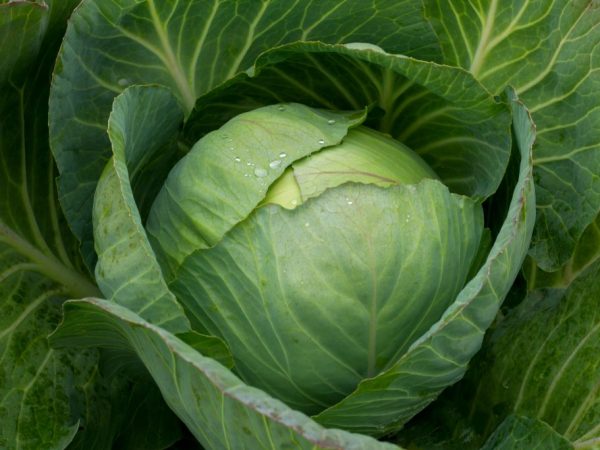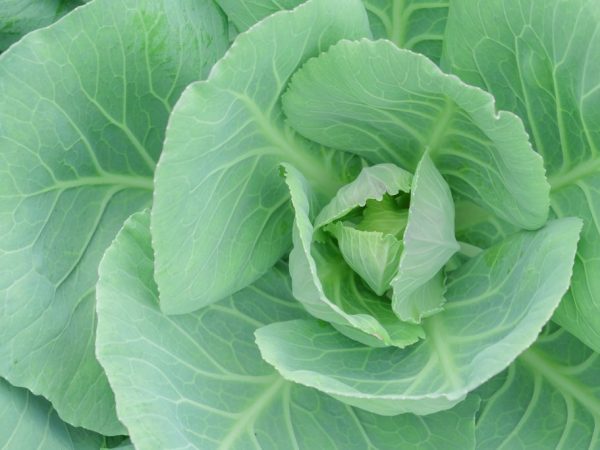Description of cabbage variety Moscow late
Late Moscow cabbage is characterized by high yields. All products of this variety have excellent taste, marketable qualities and high shelf life. There are 2 varieties: 9 and 15.

Description of cabbage variety Moscow late
Characteristics of the variety
Late Moscow cabbage was bred on the territory of Russia. The variety was obtained by crossing the most common varieties grown in the Moscow region.
The optimal areas for cultivation are considered to be central, northwestern, Volga and Far Eastern.
Cabbage variety Moscow late is characterized by late fruiting. The growing season, from the moment the first shoots appear, is 115-140 days. The rosette of leaves is large. Its diameter is 90 cm.
Taste and application
The taste of the fruit is pleasant, sweet (sugar level is about 8%). The products of this variety contain a high amount of vitamin C (about 14%) and beneficial acids that contribute to weight loss.
According to the description, Moscow late cabbage is versatile in use.
Varieties of varieties
There are two varieties of the variety:
- Moscow cabbage late 15;
- Late Moscow cabbage 9.
Their appearance and characteristics are completely the same:
- the leaves are large, their surface is covered with small, but frequent wrinkles, there is a waxy coating;
- the structure is dense, which allows harvesting with the help of mechanized equipment;
- petioles are long, veins are sparse;
- head mass - 4-6 kg, maximum - 18 kg;
- the outer shell of the fruit is gray-green, in the context it becomes white;
- the inner stump is medium or short, the outer one is high.
According to the description, about 600 kg are harvested from 1 hectare.
Cultivation of culture

Caring for cabbage is easy
Moscow late white cabbage is grown both by the seedling method and with the help of seeds. On the territory of Russia, Ukraine, Moldova and Belarus, planting by the seedling method is carried out in early April.
Planting seeds
Seeds for seedlings are sown in early March. They need preparation. They are soaked in warm water (about 70 ° C) for 20-30 minutes, after which they are thoroughly rinsed under cold running water.
Seeds of Moscow late cabbage are planted in a common container. The planting depth should be about 1 cm, and the distance between the holes should be about 5-7 cm.
The best germination rates are observed if the temperature of the room in which the container is stored is 23 ° C. After the appearance of the first shoots, it is reduced: in the daytime - up to 15-17 ° С, and at night - up to 8-10 ° С. This allows the root system to develop better and immediately prepare for the upcoming planting in open ground. When planting in open ground, the scheme is 60 x 80 cm.
Landing in the ground
Planting seeds in open ground is carried out at the end of April. The depth of immersion of seeds in the soil should be about 3 cm, and the distance between the holes should be about 40 cm.Immediately after planting, the site is covered with plastic wrap: this accelerates the germination process of seeds and reduces the risk of disease.
For planting, it is better to choose only sandy or chernozem soils. The acid-base balance of the soil should be about 5%, otherwise the site is treated with limestone solutions (about 5 kg of lime are used for 10 liters of water).
Care
Caring for plants is a very important step in the process of growing a crop. Not only the quantity of the crop depends on it, but also its quality.
Watering
Late Moscow cabbage is regularly watered, but not poured: this leads to root rot.
Watering is carried out no more than once a week. The optimal amount of water is about 3 liters per 1 bush. After each watering, the soil is loosened: this allows the roots to receive the right amount of nutrients and oxygen for better development.
Fertilizer
Top dressing is carried out only 2 times during the growing season:
- 25 days after planting the plant in open ground. At this point, organic fertilizers are used. A solution of poultry droppings or humus is better suited (about 2 kg of substance per 10 liters of warm water). At least 1.5 liters of solution are poured into each bush.
- At the beginning of fruit formation. At this moment, preference is given to potassium and nitrogen fertilizers (for 10 liters of water, there are 20 mg of potassium and nitrogen). At least 2 liters of the substance are poured into each bush.
Weeds are removed: they take nutrients from the soil and parasites often develop on them.
Pest and disease control
The variety is resistant to the most common diseases. It is not even affected by such a fungal infection as keela, although it affects most varieties of white cabbage.
Often, the culture is faced with parasites such as flea, butterfly and aphid.
Pest control methods:
- To get rid of fleas, the bushes are sprayed with a manganese solution (about 20 mg of the drug per 10 liters of warm water).
- In the fight against a butterfly, Bordeaux liquid comes to the rescue. In 10 liters of water, 10 mg of the drug is diluted. Spraying is carried out every 10 days until the pests are completely destroyed.
- You can get rid of aphids with the help of medicinal preparations "Oxyhom" or "Epin". For 5 liters of water, there is at least 30 mg of the substance. It is advisable to use colloidal salt against aphids (50 g of substance per 10 liters of water). Spraying with this solution is carried out every 2 weeks.
Conclusion
Despite minimal maintenance, the Moscow late crop gives good yields. Not only the pleasant taste of the fruits and their commercial qualities are noted, but also the long shelf life. If the products are stored at a temperature of about 8 ° C, they will not lose their qualities for 5 months.


